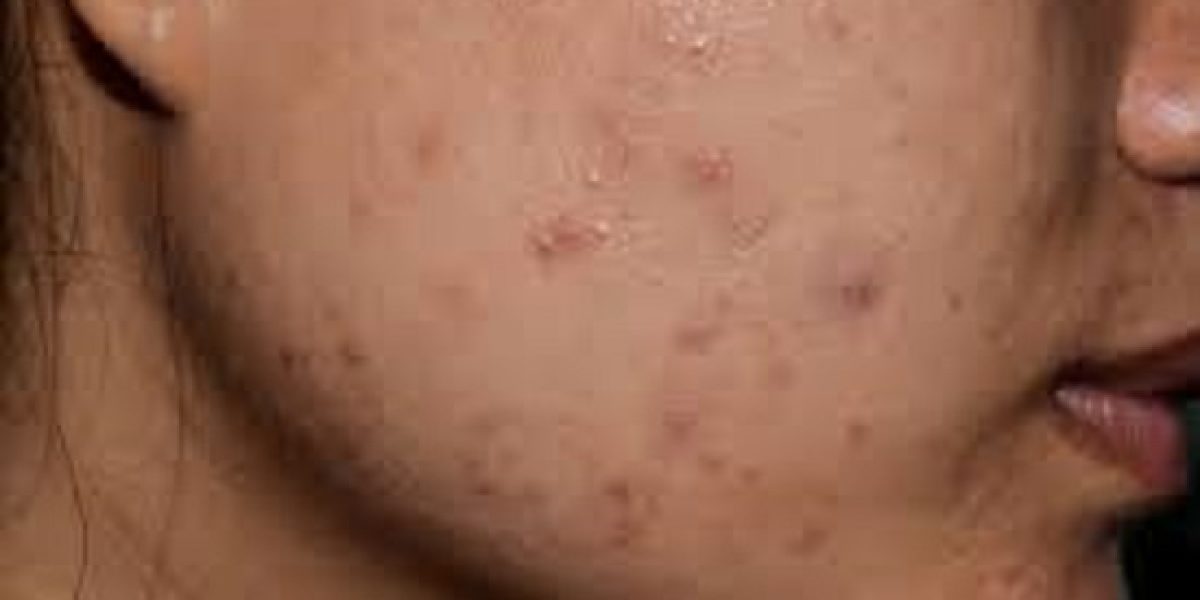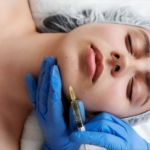Scars often tell stories—stories of injuries, surgeries, or skin conditions that once affected us. While some may wear these marks with pride, others seek ways to fade or eliminate them. Thanks to advancements in dermatology and skincare, scar removal is more accessible and effective than ever before. Choosing the right scar removal method can help you achieve smoother, more even-toned skin and restore your confidence. Let’s explore the top strategies for addressing unwanted scars and how to approach them with care and precision.
Understanding the Nature of Scars:
Scar Removal in Dubai (إزالة الندبات في دبي) form as part of the skin’s natural healing process when there has been injury to the deeper layers. Depending on the type of trauma and individual skin characteristics, scars can take many forms—flat, raised (hypertrophic or keloid), sunken (atrophic), or discolored. Some scars may fade with time, while others persist or even worsen without treatment. Understanding the type of scar you have is essential in determining the most effective removal approach. Whether it’s acne scars, surgical scars, or those caused by accidents, each requires a tailored treatment plan.
Topical Treatments: Gentle Yet Effective
For many, the journey to scar reduction begins with topical treatments. These include over-the-counter or prescribed creams, gels, and silicone sheets. Ingredients like retinoids, vitamin C, onion extract, and silicone can help soften the texture and reduce the discoloration of scars over time. Silicone-based products are especially popular for minimizing raised scars and improving skin hydration. While results are gradual, consistent application can lead to visible improvements. These treatments work best on newer scars but can still offer benefits to older ones when used consistently.
Advanced Dermatological Procedures:
For stubborn or deep scars, advanced skin treatments may be the key to significant improvement. Procedures such as laser therapy, microneedling, chemical peels, and dermabrasion can target the underlying layers of skin, promoting new collagen production and skin regeneration. Laser treatments, for example, can reduce redness and flatten raised scars, while microneedling helps break down scar tissue and stimulate healing. These procedures typically require multiple sessions and careful aftercare but can dramatically reduce the appearance of various scar types when performed correctly.
Natural Remedies and Preventive Care:
While not as powerful as clinical options, natural remedies remain popular for those seeking a gentler approach. Ingredients like aloe vera, honey, rosehip oil, and tea tree oil have properties that soothe inflammation and support skin repair. These remedies are best used in the early stages of healing or in combination with other treatments. Alongside natural solutions, preventive care plays a crucial role in minimizing scars. Protecting healing wounds from sun exposure, avoiding picking at scabs, and moisturizing regularly can all prevent scars from becoming more noticeable over time.
Emotional Impact and Psychological Healing:
Scars can carry emotional weight just as much as physical presence. Whether they serve as reminders of trauma or impact one’s self-esteem, addressing the emotional side of scarring is just as important. Embracing scar removal isn’t just about cosmetic improvement—it can be an act of emotional healing. Taking steps toward scar reduction can empower individuals to feel more comfortable in their own skin. Combining physical treatments with practices that promote mental well-being, such as mindfulness or self-care routines, can enhance the overall healing experience.
Maintenance and Long-Term Care:
Even after successful scar treatment, maintaining skin health is essential. Long-term care may include moisturizing, sun protection, and periodic use of scar-specific skincare products. It’s important to understand that while some scars can be significantly minimized, complete removal is not always possible. Managing expectations and committing to regular care will ensure the best results. With proper maintenance, the skin can remain smooth, healthy, and radiant, reducing the chances of scar recurrence or darkening.
Choosing the Right Approach for You:
Each scar is unique, and so is the journey to healing it. The right scar removal method depends on the type, size, and location of the scar, as well as your skin type and personal preferences. Whether opting for topical solutions, professional procedures, or natural remedies, consistency and patience are key. With the right strategy, it is entirely possible to fade scars and regain confidence in your skin. Say goodbye to scars—not by hiding them, but by treating them with care, intention, and the right tools.
Conclusion:
Scars may be a natural part of life, but they don’t have to define your appearance or confidence. With a variety of scar removal options available—from gentle topical treatments to advanced dermatological procedures—there’s a solution suited for every type of scar and skin. Understanding your scar’s unique characteristics and committing to a consistent care routine are essential steps toward achieving smoother, healthier skin. By choosing the right approach and giving your skin the time it needs to heal, you can confidently say goodbye to scars and embrace a renewed sense of self.












